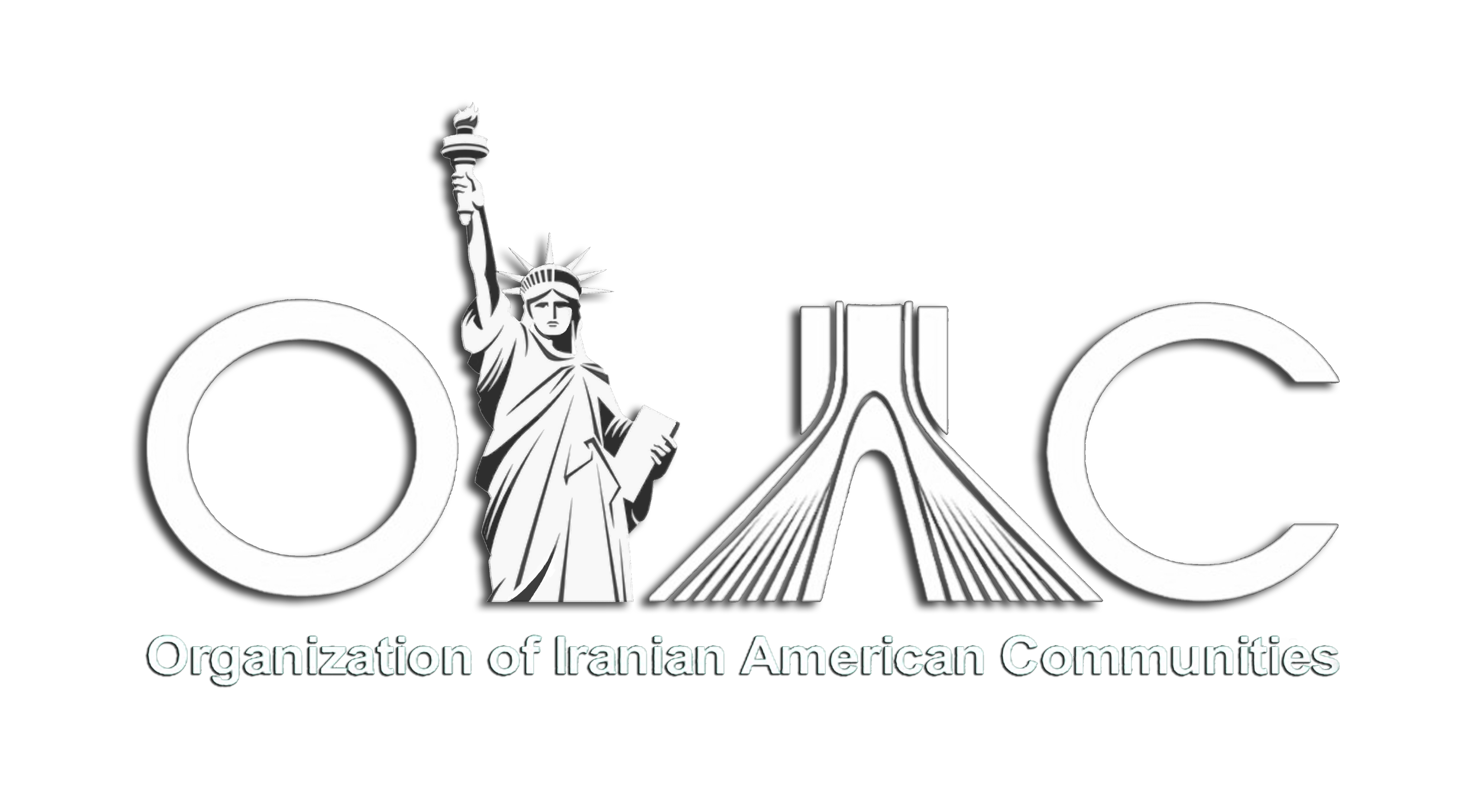An economic crisis is making clerical rule look even less appealing
The Economist | May 2, 2019
The murder of an imam ought to provoke horror. But after a bodybuilder gunned down Mostafa Qassemi, a cleric in the western Iranian city of Hamedan, on April 27th over 100,000 people followed the killer on Instagram. Posts by his followers railed against Iran’s supreme leader, Ayatollah Ali Khamenei. “One less cleric,” women mutter on Tehran’s underground.
Such is the anger at Iran’s ruling clerics, who preside over a shrinking economy. American sanctions on oil exports have sent the currency crashing. Inflation is near 40%; wages are falling in real terms. Basics such as chicken and clothes are becoming luxuries. The imf forecasts that gdpwill contract by 6% this year. The theocrats offer no way out of the crisis. “We’re approaching a turning point,” says Sadegh Haghighat of Mofid University in the Shia holy city of Qom. Clerics there increasingly question the system of velayat-e faqih, or clerical rule.
Some clerics are distancing themselves from the regime, which corners much of Iran’s wealth through its vast business empire. Esmail Azarinejad, a poor cleric, drives around neglected villages distributing children’s books from the back of his old Peugeot. Others openly challenge the mullahs in charge. The following of Seyed Aghamiri, who says temporal power corrupts, grew after a clerical court defrocked him. Older sages have met with reformers. A growing number look to Iraq’s holy city of Najaf, 675km away, for a different model of mosque-state relations.
For decades Najaf was Qom’s poor relation. Under Saddam Hussein, Iraq’s old dictator, yearly enrolment at its Shia seminaries dropped to just a few hundred, while Iran funded training for 110,000 clerics. But since the overthrow of Saddam, who was Sunni, and the return of relative calm to Iraq, Najaf’s prestige among Shias has soared. Its shrine of Imam Ali, founder of the Shia sect, attracts millions of pilgrims a year. Its colleges are free of state interference, unlike those in Qom. And it is the seat of the most popular Shia cleric, Grand Ayatollah Ali al-Sistani (pictured).
Mr. Sistani champions the separation of mosque and state. Clerics should advise, he says, not rule. Revered as Shiism’s pre-eminent marja, or religious reference, Mr. Sistani has influence in Qom too. Last month Ayatollah Abdollah Javadi-Amoli, a conservative stalwart in Qom, said the quality of teaching is better in Najaf. Senior Iranian clerics are moving there, including Ali Khomeini, the respected grandson of the Islamic Republic’s founder. “If you’re under the heavy hand of Iran’s religious establishment, which tells you what to think and what to wear, it makes you look to the intellectual freedom of Najaf,” says Abbas Kadhim, Mr. Sistani’s biographer.
In March Hassan Rouhani travelled to Najaf, becoming the first Iranian president to meet Mr. Sistani. By law Mr. Rouhani’s allegiance should be to Mr. Khamenei, but he hoped Mr. Sistani’s blessing would boost his standing in the face of pressure from hardliners. An observer said it looked as if the president was meeting the pope. “Rouhani is sending a signal that there’s room in the Islamic republic for those who don’t believe the rule of the [Islamic] jurist is an article of faith,” says Robert Gleave of Exeter University in Britain.
If so, some in Iraq want to help him out. “Velayat-e faqih is a dictatorial regime,” says Saleh al-Hakeem, a globe-trotting cleric from Najaf. “The clerics of Najaf should support civil society in Iran, not theocracy.” Mr Sistani, himself an Iranian national, is more cautious. But after his meeting with Mr. Rouhani he called for Iraqi sovereignty to be respected. Clerical casuists understood that as a criticism of Mr. Khamenei’s claim to be supreme leader not just of Iran, but of all Shias.
Mr Sistani is quietly projecting his influence. His representative (and son-in-law) in Qom, Jawad al-Shahristani, collects tithes from Iranian followers and funds a countrywide charitable network that includes poor houses and hospitals. Mr. Sistani also supports 49,000 religious students, about 45% of Iran’s total, with stipends. Short of cash, Mr. Rouhani, meanwhile, has cut seminary funding by a third. “Mr Sistani’s office is very powerful in Qom,” says Mr. Haghighat.
Mr. Khamenei is responding by tightening his grip. In March he installed Ebrahim Raisi, a hardliner who lost to Mr. Rouhani in the last election, as chief justice. He appointed another hardliner to head the Expediency Council, his government watchdog. Conservative ideologues get airtime on state television, where they chide clerics for losing faith in velayat-e faqih. The doubters have their funding cut or are demoted by the Society of Seminary Teachers of Qom, a state regulator. Some have had their offices ransacked. The worst offenders are hauled before a clerical court and held under house arrest.
Most of Qom’s top clerics, each more learned than Mr. Khamenei, have begun to bite their tongues or speak in riddles. But the more coercive Mr. Khamenei’s rule gets the more attractive Mr. Sistani’s teachings appear. Far from elevating clerics, say dissidents, Mr. Khamenei’s bullies treat them like state functionaries. “The Islamic Republic’s crackdown on the clergy has reached an extent unprecedented even under the Shah,” says Mohsen Kadivar, a scholar from Qom now in America.
Ayatollahs tend to live long lives, but Mr. Sistani is 88 and Mr. Khamenei is 80 (and said to be fighting cancer). The question their followers often ask is what comes next. For years it seemed as though clerics in Qom would determine the future of religious leadership in Najaf. Now the talk is of the clerics in Najaf shaping the future of Iran’s clerical rule.
This article appeared in the Middle East and Africa section of the print edition under the headline “Battle of the ayatollahs”
More from Middle East and Africa
